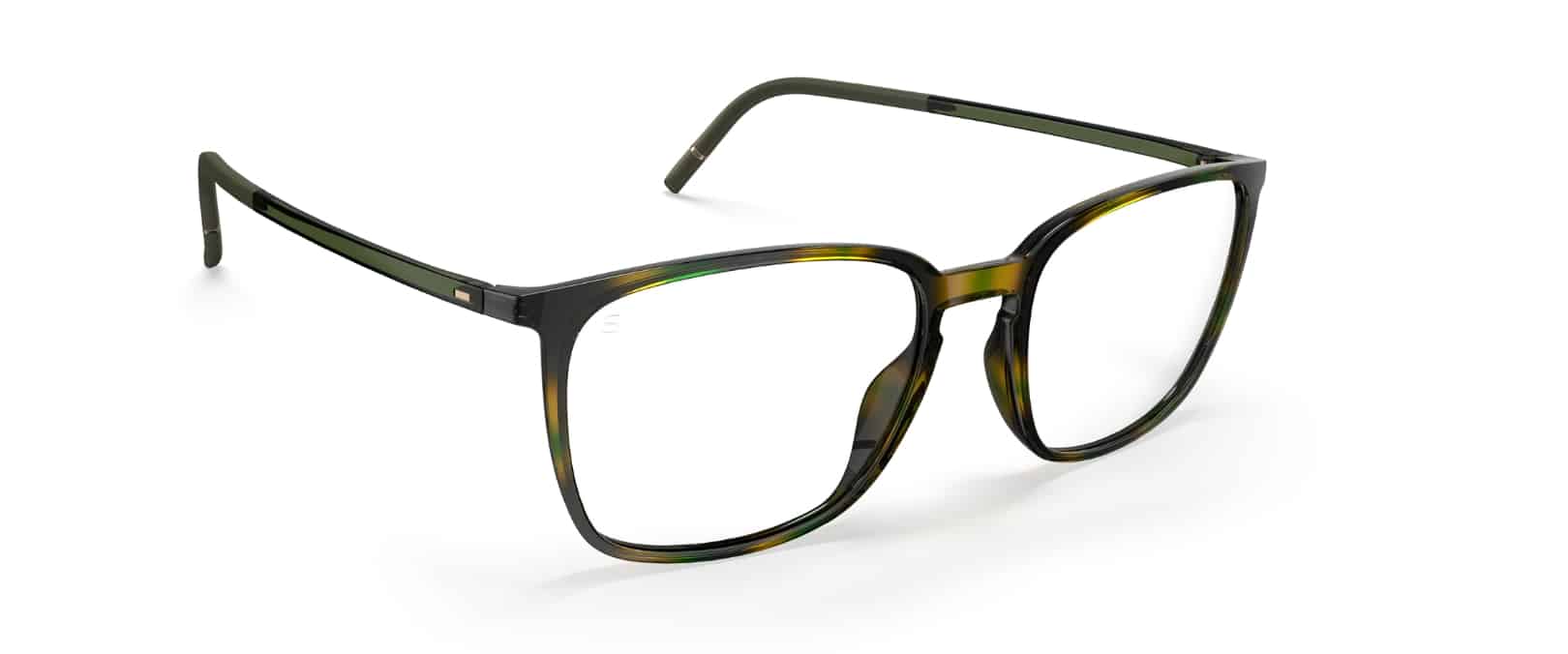New Treatment Target for AMD Identified
Tuesday, July 9 2024 | 13 h 35 min | Vision Science
For people living with wet age-related macular degeneration (AMD), the first line of treatment is anti-VEGF injections. Anti-VEGF injections have been a transformative treatment that can slow the growth of these extra blood vessels and stabilize and in some cases restore vision.
Unfortunately, this treatment does not work for everyone and a new study from the Augusta University’s Medical College of Georgia may point to why.
Reported in Science Translational Medicine, researchers found that with increased blood vessel growth, the eye also grows more fibroblast cells. Fibroblasts are cells that make up the connective tissues in our body. These cells release collagen and other proteins that help maintain our body structures. In AMD, more fibroblasts mean more collagen which accumulates and leads to scarring, or fibrosis. This damage prevents the anti-VEGF medication from doing its job and blood vessels continue to grow.
The team also found that blocking or removing a specific receptor found in blood vessels (Adora2a) prevented excess growth of fibroblast cells. Researchers will now investigate if they can develop an antibody or drug to block both the growth of blood vessels and fibrosis.
About Fighting Blindness Canada
Fighting Blindness Canada (FBC) is the largest charitable funder of vision research in Canada.
Over our 49-year history, FBC has contributed critical funding for the development of sight-saving treatments and cures for blinding eye diseases. By raising and stewarding funds, FBC is helping drive forward research that supports our goal of understanding why vision loss occurs, how it can be slowed and how sight can be restored.
We are an invaluable resource for individuals and families impacted by blindness, providing accurate eye health information through our website and educational events, as well as engaging with government and other stakeholders to advance better vision health policies.
Want to see more like this article? Click here to subscribe to our FREE print magazines and e- newsletters!








